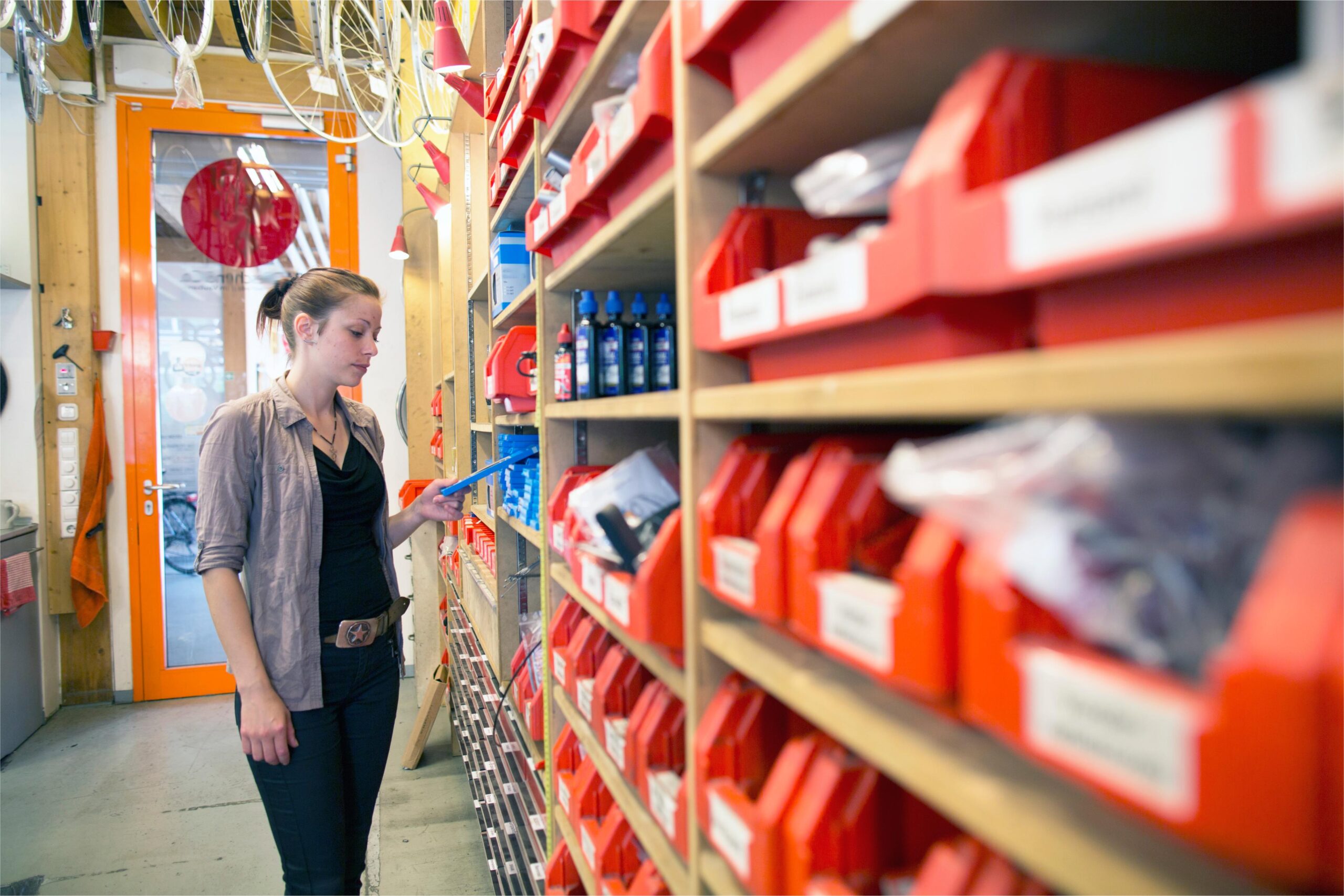Retail businesses face a constant challenge when it comes to security. From opportunistic shoplifters to organised theft, protecting stock, staff, and customers requires more than just a basic alarm system.
A comprehensive security strategy should be tailored to your shop’s unique layout, risk level, and operational needs. With modern advancements in surveillance, access control, and physical security, businesses now have access to intelligent solutions that go beyond simple deterrents.
The importance of a custom security strategy
Every shop has different security needs. A high-end jewellery store will require a different approach from a convenience shop, and a retail chain will need a more integrated system than a single boutique. Security should never be an afterthought—it should be built into the very fabric of your business operations.
A tailored approach ensures that all vulnerabilities are addressed, from preventing stock loss to deterring after-hours break-ins. This is why partnering with a security provider that offers a comprehensive risk assessment is invaluable. Identifying blind spots, assessing high-risk areas, and implementing the right mix of deterrents and monitoring systems can significantly reduce the risk of theft.
AI-powered cloud CCTV
Traditional CCTV systems require someone to actively monitor footage or review recordings after an incident has already taken place. AI-powered cloud-based CCTV transforms this approach by offering real-time monitoring with intelligent alerts. Instead of scrolling through hours of footage, shop owners can receive instant notifications when unusual activity is detected—whether it’s after-hours movement or suspicious behaviour during trading hours.
Cloud-based storage means footage is never lost due to damaged hardware or system failures. It also allows business owners to access live and recorded video from anywhere in the world, offering peace of mind even when off-site. By integrating AI-driven analytics, security teams can pinpoint potential threats before they escalate, making this an essential tool for modern retail security.
Access control
Theft isn’t always an external threat—unfortunately, internal security breaches can pose just as much risk. Controlling who has access to different areas of your business is vital for protecting stockrooms, offices, and cash-handling areas.
Modern access control systems allow shop owners to manage entry permissions remotely. Smart locks, door codes, and access cards can be adjusted in real-time, ensuring that only authorised personnel can enter sensitive areas. Unauthorised attempts to gain entry trigger instant alerts, allowing swift action to prevent losses.
For businesses with multiple locations, cloud-based access control systems make managing security across different sites seamless. Staff permissions can be updated centrally, and security logs provide a full audit trail of entry attempts, helping to identify any suspicious patterns.
Physical security
A robust security strategy starts with strong physical defences. Shutters, security grilles, anti-ram bollards, and reinforced doors act as effective deterrents against break-ins, forcing criminals to reconsider targeting your business. These physical barriers don’t just prevent theft; they also protect staff and customers by ensuring your premises remain secure at all times.
Well-lit exteriors, reinforced glass, and anti-tamper locks further enhance security, making it harder for criminals to gain access. Investing in physical security solutions tailored to your premises can make all the difference in deterring potential intruders.
Preventing shoplifting with smart surveillance and store layout
A well-designed shop layout is a surprisingly effective tool in preventing theft. Placing high-value items within clear sight of staff, avoiding blind spots, and using mirrors to extend visibility are simple but effective measures.
Integrating smart surveillance with these design principles takes security a step further. AI-powered cameras can detect unusual customer behaviour, such as lingering near high-value stock or repeatedly reaching for concealed areas. Security teams can receive real-time alerts, allowing discreet intervention before theft occurs.
Clear signage stating that AI-driven surveillance is in use also acts as a deterrent. When customers know they are being monitored, the risk of shoplifting decreases significantly.
Theft prevention beyond trading hours
Break-ins don’t just happen during trading hours. Criminals often target shops at night when premises are empty. Advanced alarm systems, motion sensors, and cloud-connected surveillance ensure that security remains active 24/7.
For businesses that store high-value stock, integrating silent alarms that alert a monitoring centre can provide an extra layer of protection. These systems ensure that police or security teams are dispatched immediately, minimising potential losses.
Choose a security partner that understands your needs
A one-size-fits-all security system rarely provides the level of protection required in a retail environment. The most effective approach is a tailored solution designed to address the specific risks of your shop.
Working with a security provider who takes the time to assess your premises, identify weak points, and implement a combination of CCTV, access control, and physical security ensures that every aspect of your business is protected. Whether you operate a single store or a network of locations, investing in the right security measures will safeguard your business, staff, and customers.
By combining advanced surveillance, intelligent access control, and robust physical security, businesses can create a security strategy that doesn’t just react to threats but actively prevents them. Theft prevention is about more than just reducing losses—it’s about creating a safe and secure shopping environment for everyone.
Want more expert information on securing your business? Explore our business security suite, or talk to a member of the SECOM team.
